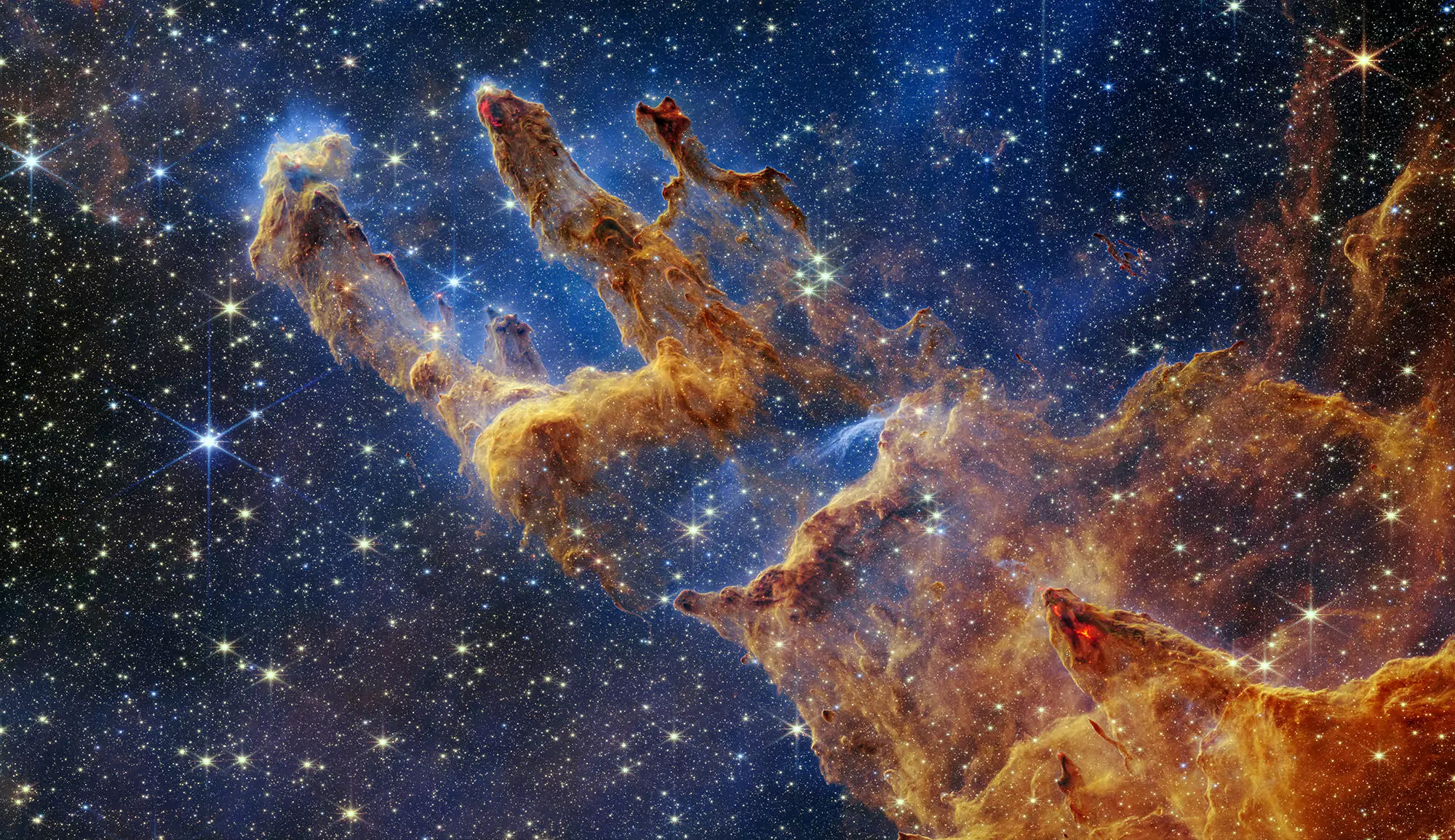
Communiqués de presse de 2020
Page 1 - résultats 1 à 10

Serait-ce le premier signal radio détecté en provenance d’une planète extrasolaire ?
Grâce au radiotélescope européen Low Frequency Array (LOFAR), une équipe internationale impliquant des chercheurs de l’Observatoire de Paris – PSL, du CNRS...

Gaia : Parution du troisième catalogue - première partie
Le jeudi 3 décembre 2020, l’ESA rend publique la première partie du troisième catalogue de données du satellite Gaia : EDR3. Cette nouvelle version permet de...

Machine learning : une percée pour l’étude des pouponnières d’étoiles
L’intelligence artificielle peut rendre visibles des phénomènes astrophysiques jusqu’ici inaccessibles. C’est ce qu’ont prouvé des scientifiques du CNRS, de...

Le deuxième atterrissage de Philae dévoile de la glace d’eau primitive en profondeur
Quatre chercheurs de l’Observatoire de Paris - PSL, de l’Université de Paris et du CNRS ainsi que leurs partenaires français et étrangers, ont identifié le...

Observation au Sénégal d’un astéroïde par occultation stellaire
Dans la nuit du 23 au 24 septembre 2020, une coopération scientifique internationale, mobilisant des chercheurs sénégalais, belges et français - de l’IRD, du...

Exoplanètes : le système beta Pictoris se dévoile
Des chercheurs et chercheuses du CNRS, de l’Observatoire de Paris – PSL, de l’Université Grenoble Alpes, d’Aix-Marseille Université, d’Université de Paris,...

L’astrophysicienne Françoise Combes reçoit la médaille d’or 2020 du CNRS
La médaille d’or du CNRS, l’une des plus prestigieuses récompenses scientifiques françaises, distingue cette année l’astrophysicienne Françoise Combes....

Titan s’éloigne de Saturne 100 fois plus vite que prévu
L’expansion orbitale de Titan, la plus grosse lune de Saturne, est cent fois plus rapide que prévu. La mécanique des effets de marée à l’œuvre dans le...

« Danse » d’une étoile autour d’un trou noir supermassif
Des observations effectuées au moyen de l’instrument Gravity du Very Large Telescope (VLT) de l’ESO, et impliquant notamment en France des chercheurs du...

Une percée sur la formation des atmosphères des exo-Terres
Les exoplanètes pourraient capturer dans leurs atmosphères un gaz tardif pendant plusieurs dizaines de millions d’années, ce qui les enrichirait en carbone...